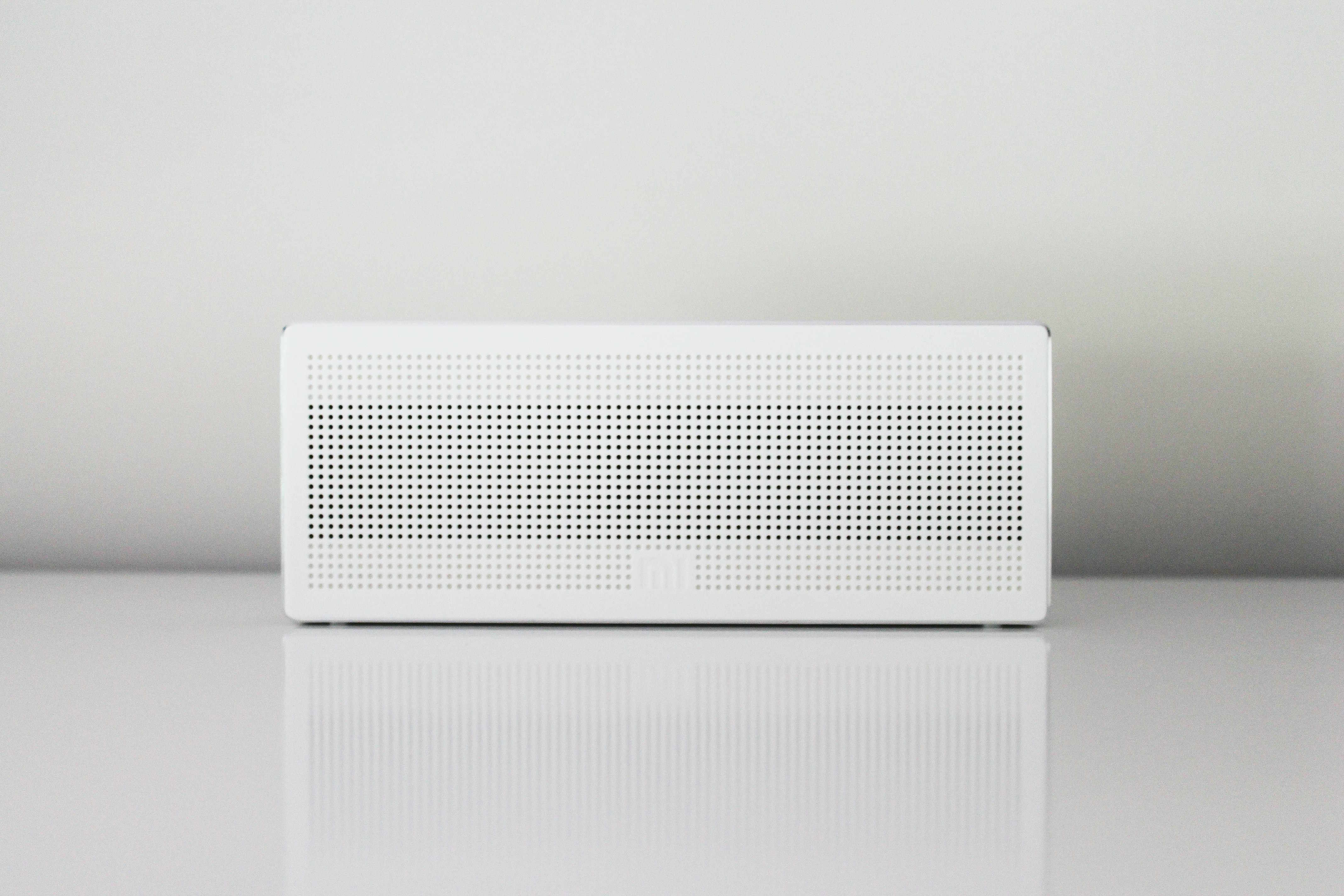The Benefits Of Ductless Air Conditioners For Efficient Cooling
Ductless air conditioning systems are transforming the way Australians think about home cooling. These innovative units offer a flexible, energy-efficient solution for maintaining comfortable indoor temperatures without the need for extensive ductwork. As the demand for smarter home climate control grows, ductless systems are emerging as a top choice for both new constructions and retrofits across the country.

Flexibility and Easy Installation: A Game-Changer for Homeowners
One of the most significant advantages of ductless air conditioning systems is their remarkable flexibility in installation. Unlike traditional central air systems that require complex ductwork, ductless units can be installed in virtually any room with minimal disruption to your home’s structure. This makes them an ideal choice for older homes, additions, or spaces where installing ductwork would be impractical or costly.
The installation process is typically quick and straightforward, often completed within a day. A small hole in the wall is all that’s needed to connect the indoor and outdoor units, making it a less invasive option compared to traditional systems. This flexibility allows homeowners to cool specific areas or zones of their home, providing personalized comfort where it’s needed most.
Enhanced Energy Efficiency: Cutting Costs and Carbon Footprints
Ductless air conditioners are renowned for their superior energy efficiency. By eliminating the need for ductwork, these systems avoid the energy losses associated with air leaks in traditional ducted systems. This increased efficiency translates directly into lower energy bills for homeowners, making ductless AC an economically attractive option in the long run.
Many ductless systems also incorporate advanced inverter technology, which allows the compressor to adjust its speed based on the cooling demand. This results in more consistent temperatures and reduced energy consumption compared to conventional on/off cycling. For environmentally conscious Australians, the reduced energy use also means a smaller carbon footprint, contributing to a greener future.
Superior Indoor Air Quality: Breathing Easier at Home
Improving indoor air quality is a top priority for many homeowners, and ductless air conditioning systems excel in this area. Without ducts to accumulate dust, pollen, and other allergens, these systems provide cleaner air circulation. Most ductless units come equipped with multi-stage filtration systems that can significantly reduce airborne particulates, bacteria, and odours.
The zoned nature of ductless systems also means that air is not circulated between different rooms or levels of the house, reducing the spread of contaminants throughout the home. This can be particularly beneficial for households with allergy sufferers or those concerned about maintaining a healthier indoor environment.
Quiet and Comfortable Operation: The Silent Cooling Revolution
One of the most appreciated features of ductless air conditioners is their whisper-quiet operation. The absence of noisy ductwork and the advanced engineering of the indoor units result in sound levels that are often barely noticeable. This makes ductless systems ideal for bedrooms, home offices, or any space where a peaceful environment is essential.
The ability to control individual zones also contributes to enhanced comfort. Each unit can be set to a different temperature, allowing family members to customize their personal spaces without affecting the whole house. This level of control is not only more comfortable but can also lead to further energy savings by avoiding unnecessary cooling of unoccupied areas.
Financial Incentives and Environmental Impact: Making the Switch Worthwhile
Ductless air conditioning systems align well with Australia’s push towards more sustainable living. Many state and local governments offer rebates or incentives for installing energy-efficient cooling systems, including ductless units. These financial incentives can help offset the initial installation costs, making the transition to ductless AC more affordable for many homeowners.
From an environmental perspective, the reduced energy consumption of ductless systems translates to lower greenhouse gas emissions. As Australia continues to focus on reducing its carbon footprint, choosing energy-efficient home cooling solutions becomes increasingly important. Ductless air conditioners not only help homeowners save on energy bills but also contribute to broader environmental goals.
Comparing Ductless AC Providers in Australia
When considering a ductless air conditioning system, it’s important to compare different providers and products. Here’s a look at some of the top options available in Australia:
| Provider | Product Line | Features | Estimated Cost Range |
|---|---|---|---|
| Daikin | Split System | High energy efficiency, Wi-Fi control | $1,500 - $3,500 |
| Mitsubishi Electric | MSZ Series | Quiet operation, advanced filtration | $1,800 - $4,000 |
| Fujitsu General | Lifestyle Range | Humidity control, human sensor technology | $1,600 - $3,800 |
| Panasonic | ECONAVI Series | nanoe X air purification, smart connectivity | $1,700 - $3,900 |
Note: Cost ranges are estimates and may vary based on specific models, installation requirements, and location. It’s recommended to obtain quotes from multiple providers for accurate pricing.
Ductless air conditioning systems offer a compelling solution for Australian homeowners seeking efficient, flexible, and comfortable cooling options. With their easy installation, energy efficiency, and superior air quality benefits, these systems are well-positioned to meet the evolving needs of modern households. As technology continues to advance and environmental concerns remain at the forefront, ductless AC systems are likely to play an increasingly important role in shaping the future of home climate control across Australia.
The shared information of this article is up-to-date as of the publishing date. For more up-to-date information, please conduct own research.




